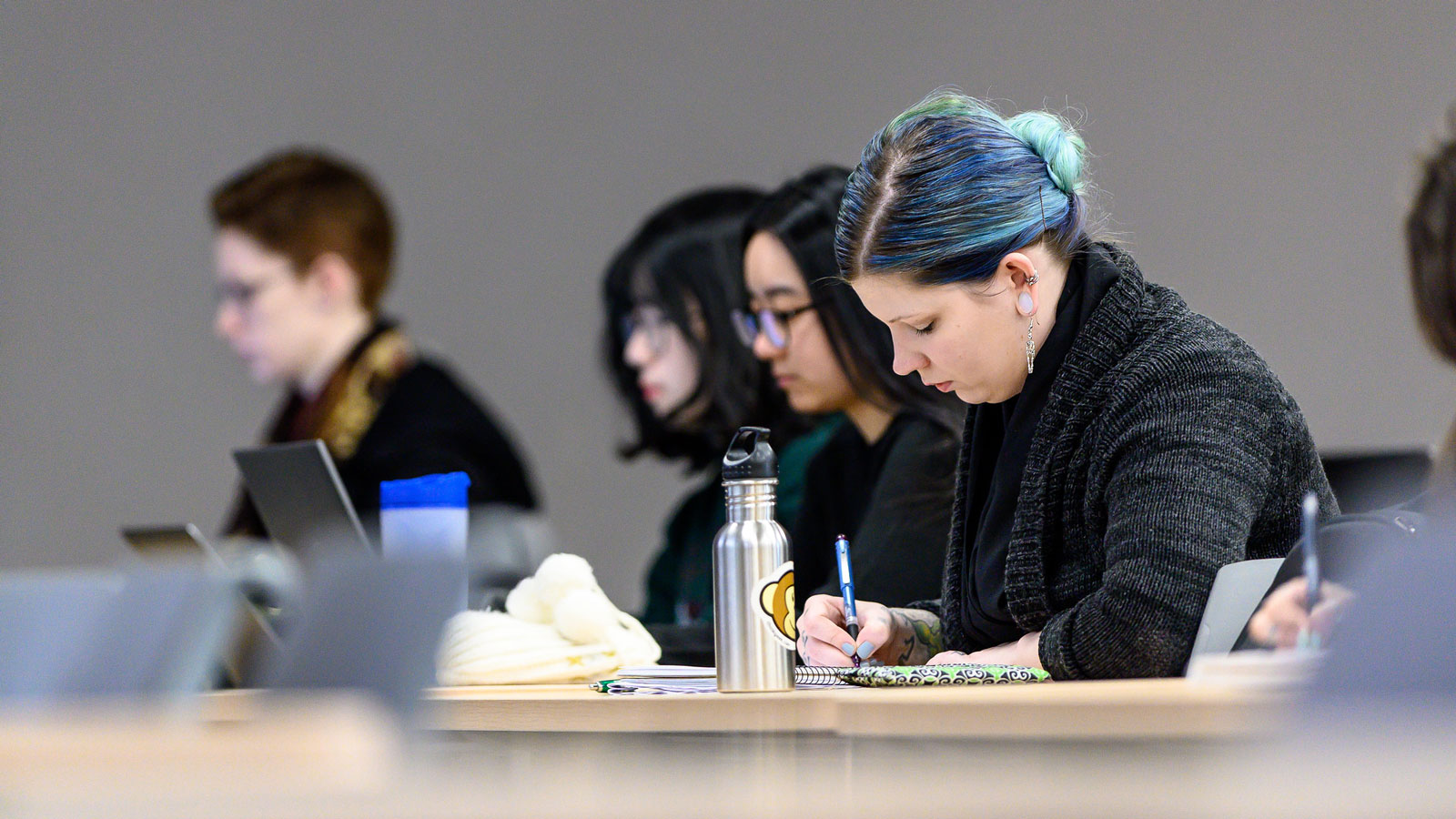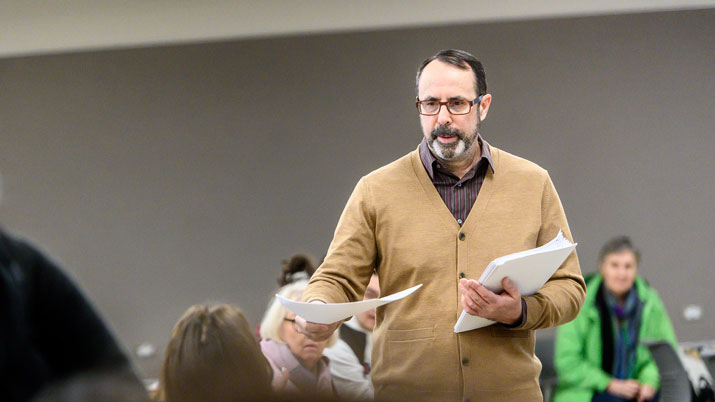

“We have found numerous positive benefits from using lecture capture and sharing our videos with many people within and beyond UBC, and thus we are continuing to do so when faculty agree to be recorded.”
–Christina Hendricks, Sr. Instructor of Philosophy & Chair of Arts One Program
Back Story
Arts One is a team-taught, interdisciplinary program for first year students at UBC, in which students earn credits for first year English, History and Philosophy. They read approximately one book a week, get a two-hour lecture on that book once a week, and spend another 2.5 hours during the week in seminar discussions about the book. We have been using lecture capture in Arts One since 2012, in order to record the two-hour lectures we have each week.
How did you use videos in your course and what made you decide to do this?
There are at least two reasons why we wanted to do this: (1) to allow students to review the lectures at their own pace, later; (2) to share what we are doing in Arts One with people outside our classrooms. Such sharing can have multiple benefits, including:
- Providing potential students with materials that could attract them to the program
- Helping to publicize Arts One and how it works to those within and beyond the university
- Sharing knowledge about the works being studied with anyone in the public who is interested
How we’ve done all these things is through creating a website called “Arts One Open,” where we include the lecture videos as well as student and instructor blog posts, a Twitter feed about Arts One, and more. One thing we’ve done with Arts One Open is to put instructor- and student-created content on an equal footing: the front page lists student and instructor blog posts as well as the lecture videos, all in one big stream (though one can also find the lecture videos through a dedicated menu item), and when one clicks on a tag like “Plato”, or “Achebe”, or “Fanon”, one gets content from both instructors and students. We also put our lecture videos on YouTube, where they receive anywhere from hundreds to tens of thousands of views.
What has been the result?
This project seems to be successful, judging by the number of students who say they’ve watched one or more videos before choosing to register for Arts One, or while reviewing for the final exam, and also by the number of subscribers we have for our YouTube channel (currently over 1600) and the numerous positive comments we get on our YouTube videos from people who appreciate being able to watch and learn from our lectures, from all over the world.
What are some of the challenges you’ve faced and is there anything about your approach you would improve or change?
One concern we had during our second year was that perhaps having the videos available right away after the lectures was lowering attendance at the lectures, so after that we delayed posting them until after the essays on those books were due (students write an essay every two weeks). Another challenge has been finding rooms to do the lecture capture in; there aren’t a lot of lecture rooms on campus where video recordings can be easily and sometimes just automatically done, and having just a once-a-week lecture for two hours makes it doubly difficult to schedule our lectures!
Do you have any advice for instructors hoping to implement this in their course?
One piece of advice I’d give to anyone considering using lecture capture is that I think it is very important for it to be completely voluntary, and that one should be flexible in how the videos are shared. There are numerous legitimate reasons why someone might not want their lectures recorded, and in Arts One we have been happy to record only some lectures but not all, if someone on the team doesn’t want one or more of their lectures recorded. Similarly, since comments on our YouTube videos are usually very constructive but not always so, one thing we have done is to tell faculty that if they want us to turn off comments for their videos, we’ll happily do so. Alternatively, we can post videos just on our website and not on YouTube, if anyone wants to keep their videos accessible, but not quite as public as being listed on YouTube.
Overall, we have found numerous positive benefits from using lecture capture and sharing our videos with many people within and beyond UBC, and thus we are continuing to do so when faculty agree to be recorded.


